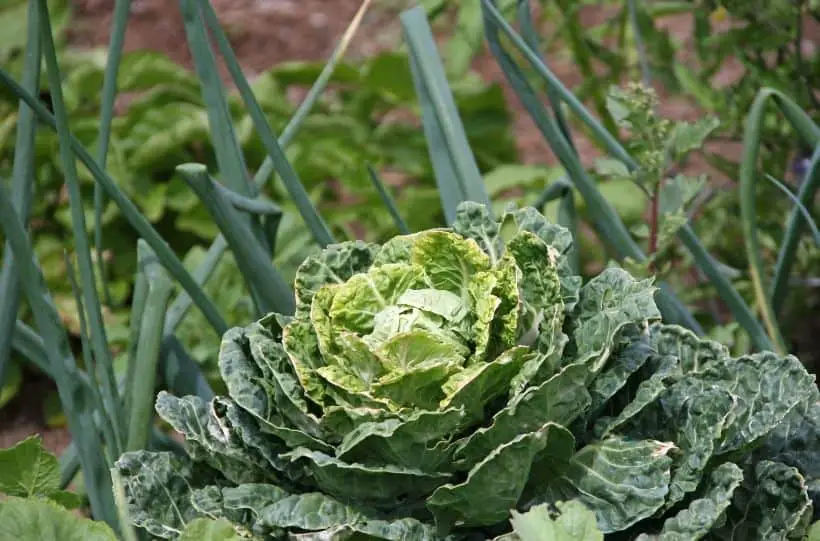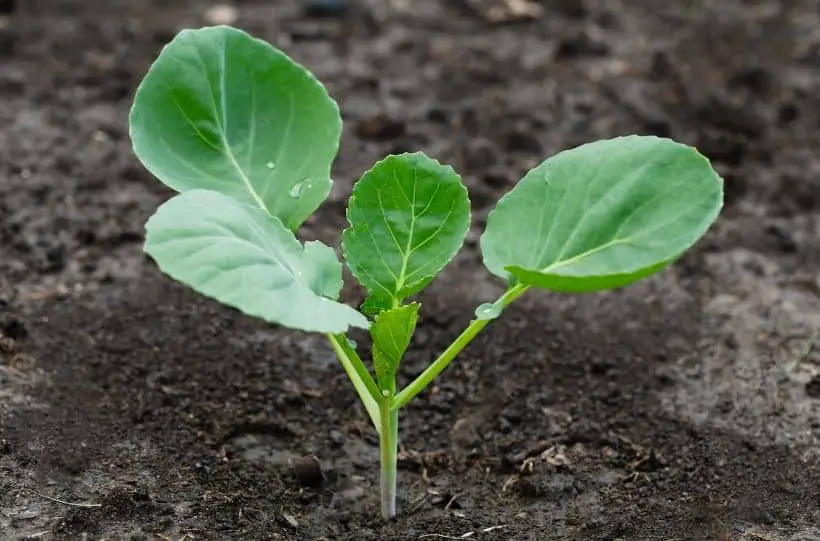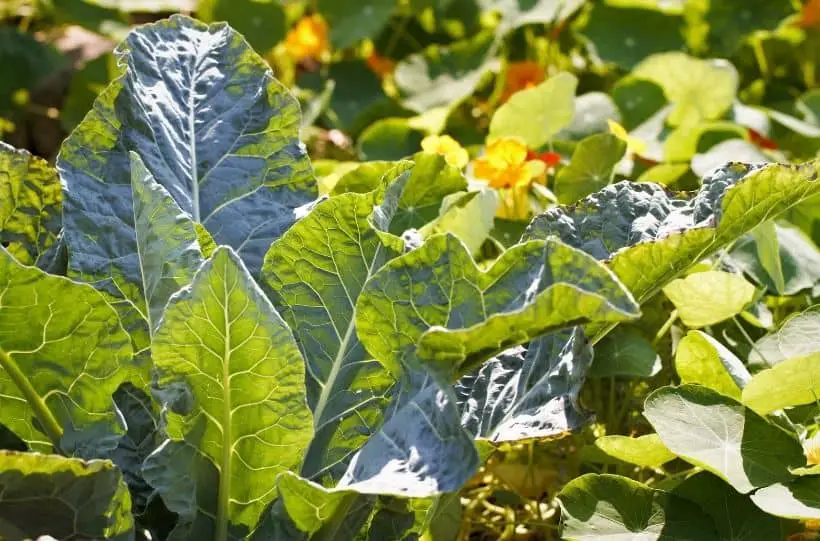How To Grow Cabbage – Growing Cabbage In Your Garden
Cabbage makes a great addition to your spring and fall gardens. Cabbage is a nutritious, versatile, and easy-to-grow vegetable and produces a lot of food for each plant making it a great option for families looking to grow their own food.
Cabbage is closely related to broccoli, collard greens, kale, and brussels sprouts. Cabbage can be grown in almost any type of soil but grows best in sandy loam or clay loam soil that is high in organic matter.
Mix things up by growing a few varieties including red cabbage, its juice can even be used to test the PH level of your soil.

How to Plant Cabbage
Growing cabbage from seed is easy. Start your seeds indoors 4 to 6 weeks before your last expected frost. This will give your plants time to get a head start on the growing season.
Varieties that have a longer growing season can benefit most from starting indoors before the gardening season to help ensure that you can harvest before the summer heat rolls in.
After your plants reach 3 to 4 inches you can then transplant them into the garden.

This can be done a few weeks before the last frost as cabbage is a cold-weather plant. If you have a hard frost coming you will need to use covers to protect them from freezing over but cabbage can handle temperatures in the lower 20s just fine.
You can direct sow cabbage in the garden as soon as the soil is thawed enough to work with. This will give your plants plenty of time to grow. If you have a hard freeze, move in and take the time to cover your plants to protect them if the temperature drops below 26 degrees.
How to Grow Cabbage
To grow cabbage you need quality soil. take the time to till 2 to 3 inches of soil into your garden beds before you plant your cabbage. This will ensure that your plants have the nutrition they need to start with.
Test your soil PH to prevent issues like club foot. Cabbage grows best in soil that is between 6.5 and 6.8. If your soil PH is any higher you can lower it by adding in some gardening lime. This will help to add the necessary calcium your garden needs.
Blood meal can also be a great addition to help your cabbage become leafy.
Plant your cabbage plants 18 to 24 inches apart to help give your plants enough room to spread out. Choose the further distance and interplant some garlic between to help to protect your garden from pests.
If you live where winters are mild you can plant cabbage again in the late summer after the temperatures have started to cool down for a winter garden harvest.
Dealing With Pests in Your Cabbage
Cabbage sadly has a lot of issues with pests in the garden. From cabbage worms, to being a favorite snack of rabbits you will have your work cut out to protect your cabbage.
In the end, this nutrition-packed vegetable is well worth the time.
Protecting your young cabbage plants from rabbits is important. You can create a frame to help protect your young cabbage plants while they get bigger and stronger. Try companion planting with plants that rabbits do not enjoy like peppers and onions.
Aphids and mites are a major issue for your cabbage plants and can easily kill them. You can use a simple insecticidal soap to help get rid of these pests by spraying them in the evening if they become a problem in your garden.

Companion planting and taking steps to invite predators like ladybugs and hummingbirds into your garden to help keep these under control.
There are several different types of worms that love to attack and eat the leaves of cabbage plants. The best way to deal with these is to invite predators to your garden like parasitic wasps by adding a bug house to your garden and to treat an infestation you get with insecticidal soap.
These can actually be prevented by companion planting your cabbage along with garlic, repelling the parent moths.
Cabbage is prone to many issues like clubroot, leaf spot, and several different types of rot. The best thing you can do to protect your cabbages is to ensure that you have well-draining soil that is well nourished with everything your cabbage plants need.
When watering your cabbage plants, water at the base of the plant to help keep the leaves dry as much as possible and prevent rotting, a drip irrigation system is perfect for this.
If you find a cabbage plant with rotting, spots, or mold you should remove it to avoid contamination of other plants.
Harvesting your cabbage
Harvest your cabbage before the temperatures rise to 80 degrees or higher. Cabbage is a cold-weather crop that does best under 75 degrees so plant with plenty of time for the heads to develop before the summer heat rolls in.
If your cabbage bolts, you can still eat the leaves within the first few days of bolting. If you wait too long the leaves will take on a bitter taste that is less than appealing.
Cabbage has an 80 to 180-day growing season allowing you to get a harvest fairly quickly. Your cabbage is ready to harvest when the heads are firm all the way through when squeezed or pressed.
The size of the cabbage head when it is ready to be picked can vary by the varieties you are growing and the conditions you are growing your cabbage in.
Wrap your heads of cabbage in plastic and place them into the crisper drawer of your refrigerator to help them last up to two months. Cabbage can be fermented for much longer food storage.
If you’re looking for more on growing vegetables, take a look at these guides:
